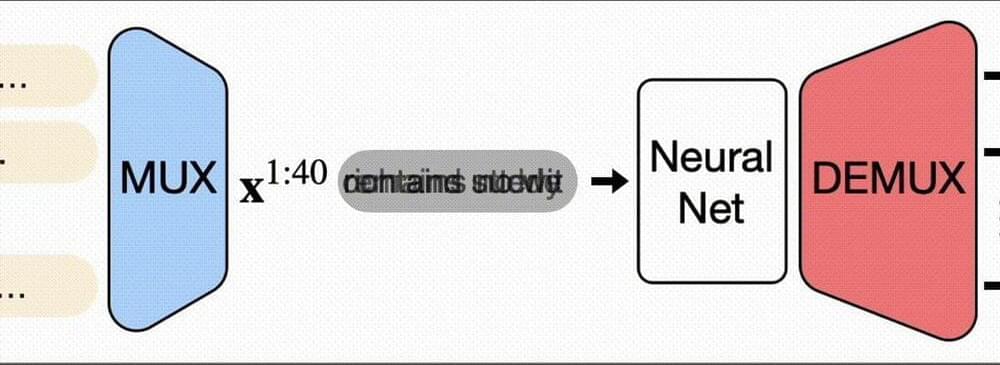Wed, Mar 23 at 10 PM CDT.
GUEST SPEAKERS:
Kelly fast, near-earth object observations program manager, NASA
Lindley johnson, planetary defense officer, NASA
VIRTUAL ASTRONOMY TALK:
Near-Earth objects (NEOs) are asteroids and comets that orbit the Sun like the planets, but with orbits that can bring them into Earth’s neighborhood. An asteroid impact is the only natural disaster that could be prevented, so early identification of any potential impact threat is key. NASA established the Planetary Defense Coordination Office (PDCO) to manage its ongoing mission of planetary defense – from projects to discover, track, and characterize NEOs to the first test mission of an asteroid deflection technique with the Double Asteroid Redirection Test (DART). Hear the latest on the DART mission and on NASA’s efforts to find asteroids… before they find us!







